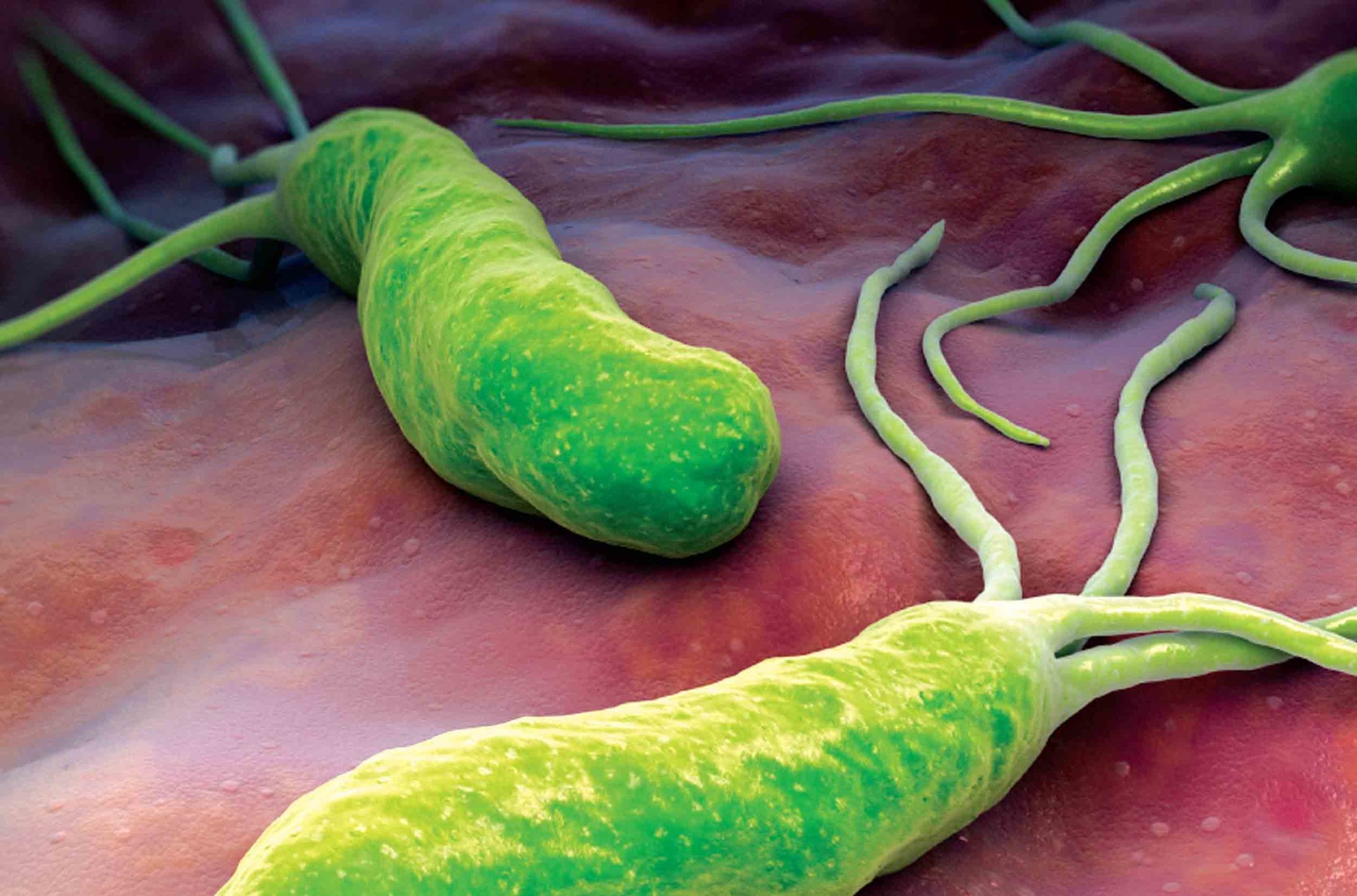The 5300-year-old Helicobacter pylori genome of the Iceman
 isbscience.org/news/2016/01/10/the-5300-year-old-helicobacter-pylori-genome-of-the-iceman/
isbscience.org/news/2016/01/10/the-5300-year-old-helicobacter-pylori-genome-of-the-iceman/
ISB’s Moritz Group, which specializes in proteomics, collaborated on research related to study pathogens from the stomach content and microbiome of Ötzi, a glacier mummy from the European Copper Age. The results were published in Science. Read the article here.
- Institute for Systems Biology collaborates with researchers worldwide to study pathogens in the stomach content and microbiome of the 5300 year old European Copper Age glacier mummy “Ötzi” and discovers a Helicobacter pylori pathogen genome.
- Ötzi harbored a near pure Asian origin bacterial population of H. pylori providing key information as to population migration into Europe over the last few thousand years.
- Supported by proteome information gathered at ISB, the Iceman’s stomach was found to be colonized by a cytotoxic strain of H. pylori that triggered host inflammation immune responses.






